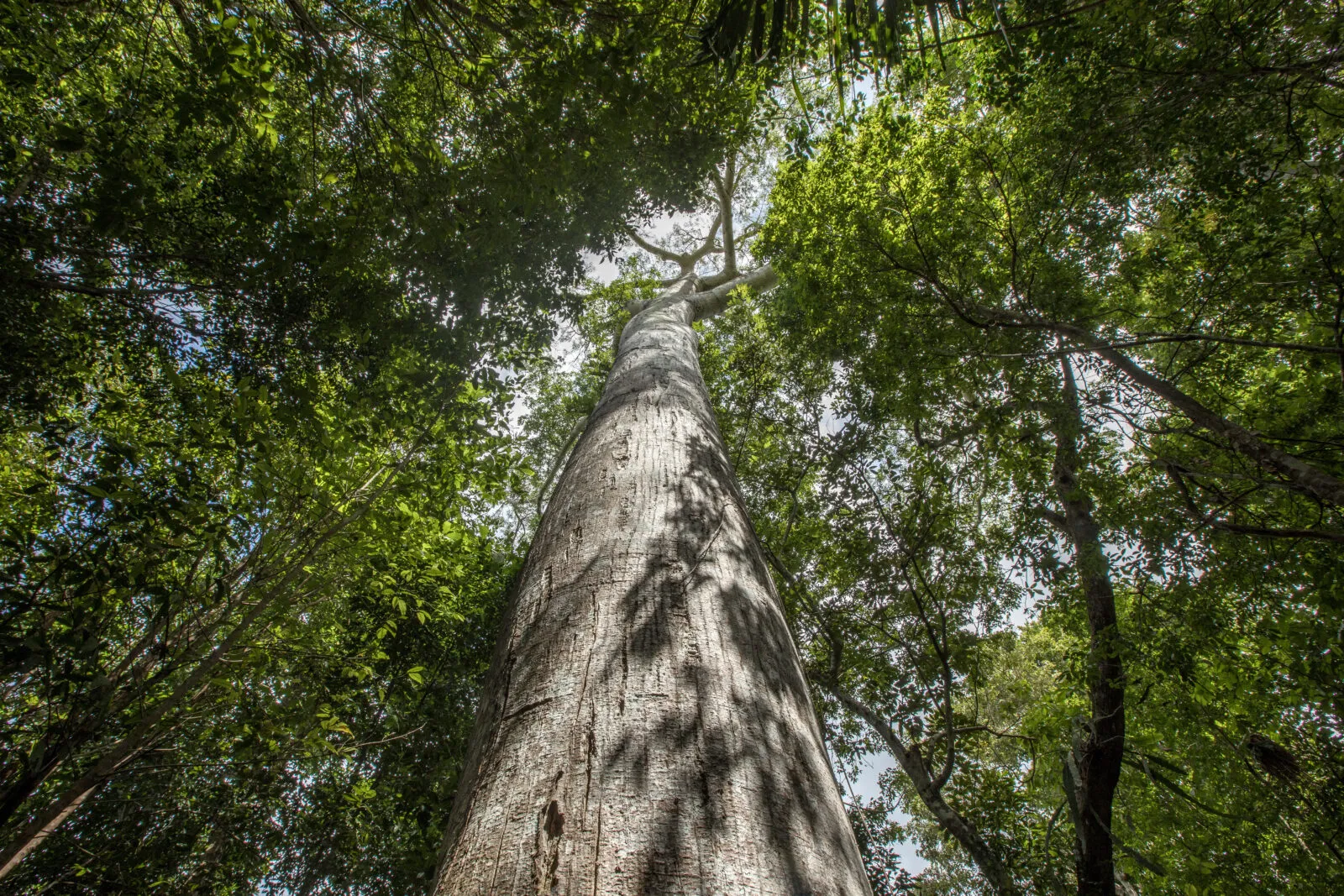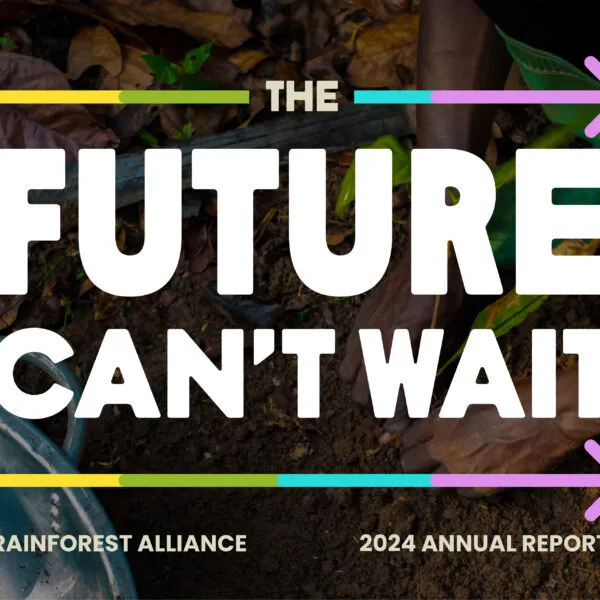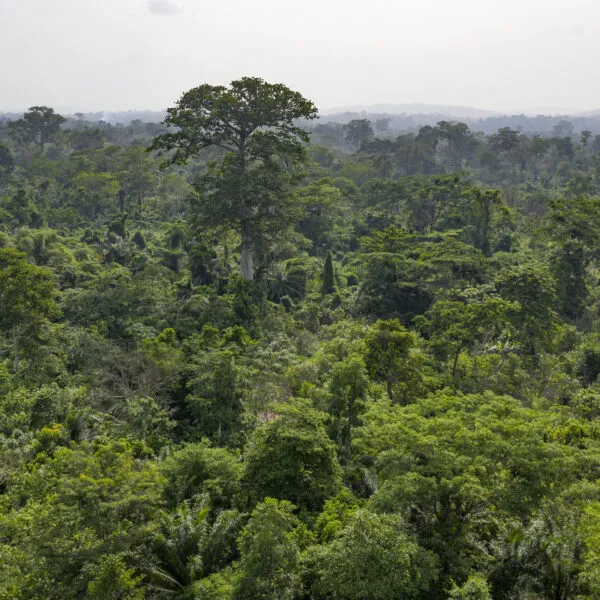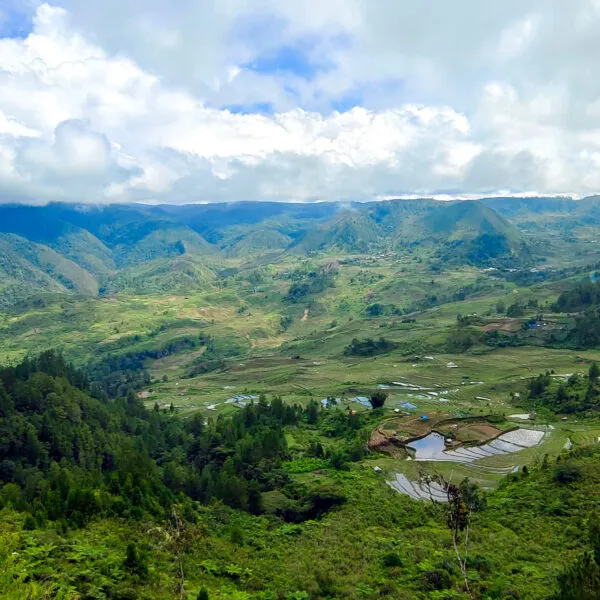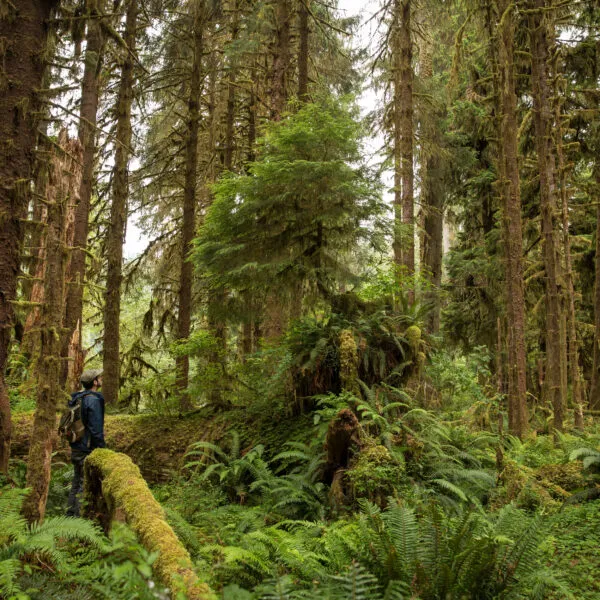With the new year upon us, it’s a good time to ask what’s next for climate action.
There’s no one better to answer that question than our climate experts Celia Harvey and Duncan Williamson, who not only boast extensive knowledge on the topic, but who led important discussions at the most recent United Nations Climate Change Conference (COP), held in Baku, Azerbaijan in November. At the conference, they also vigorously advocated for forests, regenerative agriculture, and smallholder farmers. Williamson, in fact, was named one of the conference’s 15 most notable speakers by Climate Insider.
We asked them to share their takeaways from the gathering, to shed light on the current state of global climate action, and to explain where we, as a planet, need to focus our efforts if we hope to limit global warming to 1.5C by 2030.
What was most striking about this latest COP?
Duncan Williamson: “To be honest, the lack of ambition. Much more could have been accomplished from a policy perspective and with commitments to reduce emissions. However, in terms of what we were trying to do as an organization, it was a big success. We got the message out that we need to stop deforestation and forest degradation and make agriculture more sustainable, climate-resilient, and biodiversity-friendly. We also led important discussions on helping farmers and forest communities access climate finance.”
What were those climate finance conversations like?
Duncan: “Vulnerable countries facing the brunt of the climate crisis —those with large tropical forests like Indonesia, Peru, and Cameroon, or small island nations like Kiribati and Haiti—asked for US$1.3 trillion in support, and they got a pledge of US$300 billion instead. That’s simply not enough. Even when that finance is available, it comes with lots of strings that restrict access. On top of that, local communities often aren’t set up to manage the money. That needs to change.”
Here at the Rainforest Alliance, we see regenerative agriculture as one of the critical solutions to addressing the climate crisis. Was there more interest in it at this recent COP?
Duncan: “There were certainly many conversations discussing the future and potential of regenerative agriculture, which is good news. However, a concern is that everyone is trying to define regenerative agriculture in their own terms. For example, large agrochemical producers described themselves as regenerative agriculture companies. A lot of us would question that. We need to agree that regenerative agriculture means restoring soil, harnessing biodiversity, working for nature, helping farmers adapt to climate change, and using water efficiently.”
Celia Harvey: “With regenerative agriculture, we are not just sustaining agricultural productivity but restoring and improving the overall sustainability of the system.”
Where should we focus our climate efforts over the next few years?
Celia: “Ending deforestation has to be our biggest priority. We have to reduce emissions from clearing and forest degradation worldwide. We also need to sustainably manage agricultural lands, so they aren’t a big source of emissions. Then we need to restore degraded areas so that they can become carbon sinks.”
How should we think about adaptation vs mitigation when it comes to climate strategies?
Celia: “We should always look for both mitigation and adaptation solutions—and nature-based solutions, such as agroforestry systems, deliver both. The more successful we are at mitigating climate change, the less adaptation we need to do.
Take a coffee farm as an example. One way to reduce its carbon footprint is to incorporate more trees into the coffee plantation. Trees absorb and store carbon from the atmosphere, helping to mitigate climate change. At the same time, having more trees also creates better microclimates for the coffee plants, shades them from excessive sun, protects them from storms, conserves soil humidity, and helps them adapt to impacts over time. Using agroforestry systems can therefore deliver both mitigation and adaptation benefits.”
Any thoughts as we look to the future and the next COP?
Celia: “The good news is that there is growing momentum to tackle deforestation and promote sustainable agriculture and land management, which hopefully means there will be more funding and support from both governments and the private sector. Recognition of the important role of local and Indigenous communities has also grown significantly and their involvement will be fundamental for ongoing climate action.”
Duncan: “The big question is whether action will happen quickly enough to avert the worst of the climate crisis. That’s what we don’t know, but the speed of progress is accelerating. Brazil and Colombia have both committed to ensuring the next COP heavily focuses on nature and climate, which is an important step forward.
Here at the Rainforest Alliance, we will keep pushing for nature-based and locally led climate action and spread the message that the future of farming is regenerative. I’m cautiously optimistic.”
